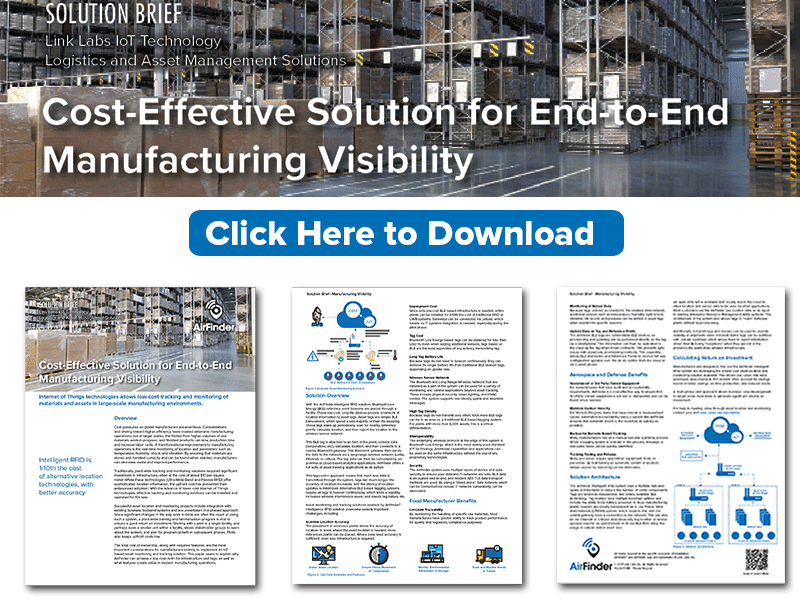Success in the Internet of Things (IoT) requires highly reliable network technology. Yet weighing advantages or drawbacks of the various wireless technology solutions available can stymie even the most informed industrial and enterprise customers. This roundup of key business benefits of Firmware over-the-air (FOTA) may help.
What is Firmware-over-the-air?
Firmware Over-The-Air (FOTA) is a special feature supported by some network technologies. Removing the need for cables, computers or third-party programs, FOTA updates devices to fix bugs or add features to the device.
Since manufacturers typically handle these upgrades, without involving the end user, the ability to do this on a large-scale with a minimum of disruption could be essential for IoT product success. With Gartner’s analysts predicting there will be as many as 25 billion embedded devices and intelligent systems as soon as 2020, it is easy to see how being able to comprehensively manage remote devices could be a competitive differentiator.
Key Business Benefits of Firmware Over-The-Air
While LoRaWAN claims firmware upgradability, there are several constraints:
• Time — upgrade could take days or more
• Complexity — firmware upgrade must be handled completely at the application layer
• Risk — transmitting downlink in the LoRaWAN network causes increased packet error rates and other negative effects on network performance.
Yet these challenges can be addressed by deploying a network technology that marries LoRa and open source protocol to address these LoRaWAN performance limitations and allow firmware upgrades over the air - Symphony Link.
#1 Enables updates.
FOTA enables evolution. Consider Tesla’s use of FOTA to update its connected cars in lieu of a traditional recall. Without the ability to continually meet customer expectations, the IoT product will quickly become obsolete. Yet with a Low Power Wide Area Network (LPWAN) solution offering the ability to make changes at the application layer, firmware on a device can be updated even after it has been fielded. Plus, FOTA offers the advantage of speed by shortening the length of time it takes for upgrade installations through multicasting.
#2 Gets to market quicker.
IoT devices need to be affordably constructed but reliably built. Nevertheless, with FOTA capabilities, the manufacturer gains the opportunity to iterate; engineers can spend less time determining how they will physically upgrade each device or how to render updates unnecessary. This allows the IoT provider to continue the work to minimize the size of the software solution to optimize processing on the edge, shorten download time and lessen network congestion — even after going to market.
#3 Reduces risk.
With FOTA giving the IoT device distributor or manufacturer the ability to continually configure devices, post distribution, they also gain the ability to remain compliant with evolving industry standards. This expands product lifetime and offers greater flexibility to manage the devices on the edge.
#4 Improves cost effectiveness.
Consider an example: a lock manufacturer sells a school dozens, if not hundreds, of remote access locking devices to help insure security and the ability to respond quickly to threats. Now, imagine the burden of expense on that manufacturer if they needed to physically go out to each school lock and fiddle with the product to insure it functions reliably.
With FOTA, devices can be kept up to date remotely to reduce customer care costs and lower resource expenditure by the manufacturer. With the ability to resolve issues remotely, techs don’t have to waste valuable time traveling on-site to fix bugs or other problems.
Link Labs’ Symphony Link is a wireless LPWAN technology allowing FOTA for users in a range of verticals. Use cases can include: Lock Control, Demand Response, Industrial Control Systems, Lighting Control, Alarm Systems, and Physical Security. Make an IoT deployment smarter with Symphony Link.





